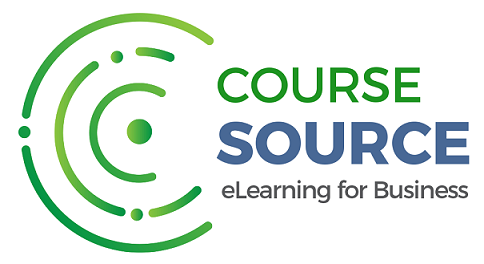Access 2016 for Beginners

Overview
Microsoft Access offers a powerful, feature-packed solution for building a robust 'data landing pad.' This 10-hour video training course gives your team the knowledge and skills you need to make this cost effective and easy-to-use database application work for your organisation.
Access is now much more than a way to create desktop databases. It's an easy-to-use tool for quickly creating browser-based database applications that help you run your business. Your data is automatically stored in a SQL database, so it's more secure than ever, and you can easily share your applications with colleagues.
In this course we will cover the basics of Access working up to more intermediate uses of Access. Areas to be covered include: setting up a database, exploring the ribbon, understanding macros and much more.
Pre-requisites
- PC or Mac with a full version of Microsoft Access 2013/2016
- Not a requirement but a benefit to have some work-related projects to which you can readily apply what you learn.
Relevant audiences
- People who have never used either a database or Access before but have reasonable knowledge of other Microsoft applications
- Access 2000/2003 users who are unfamiliar with the newer versions of Access
Learning Outcomes
- Set-up a database on your desktop, or on the web
- Explore the Ribbon interface and how to work with touch devices
- Use table templates to create forms and add custom elements
- Understand Macros and how they work
- Import data from external sources
Syllabus
Section 1: Foundation
- Unit 1.1 - Introduction
- Unit 1.2 - Getting Started
Section 2: The User Interface
- Unit 2.1 - The Ribbon and Toolbars
- Unit 2.2 - Keyboard Shortcuts and Key Tips
- Unit 2.3 - Access Options
Section 3: Tables, Forms & Data
- Unit 3.1 - Tables
- Unit 3.2 - Importing Data
- Unit 3.3 - Backup, Restore, and Repair
- Unit 3.4 - Datasheet View
- Unit 3.5 - Relationships
- Unit 3.6 - Forms
- Unit 3.7 - Subforms
Section 4: Queries, Expressions and Reports
- Unit 4.1 - Queries
- Unit 4.2 - Expressions
- Unit 4.3 - Reports
- Unit 4.4 - Printing
Section 5: Data Types and Form Controls
- Unit 5.1 - Data Types
- Unit 5.2 - Form Controls
Section 6: Streamlining workflow
- Unit 6.1 - Modal, Dialogs, and Macros
- Unit 6.2 - Web App Basics
- Unit 6.3 - Exporting
- Unit 6.4 - Application Parts
- Unit 6.5 - Advanced Access Options
- Unit 6.6 - Info Tab
- Unit 6.7 - Security
Section 7: Closure
- Unit 7.1 - Conclusion
